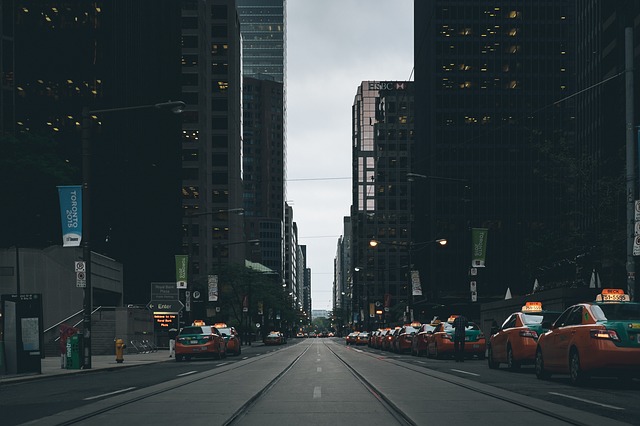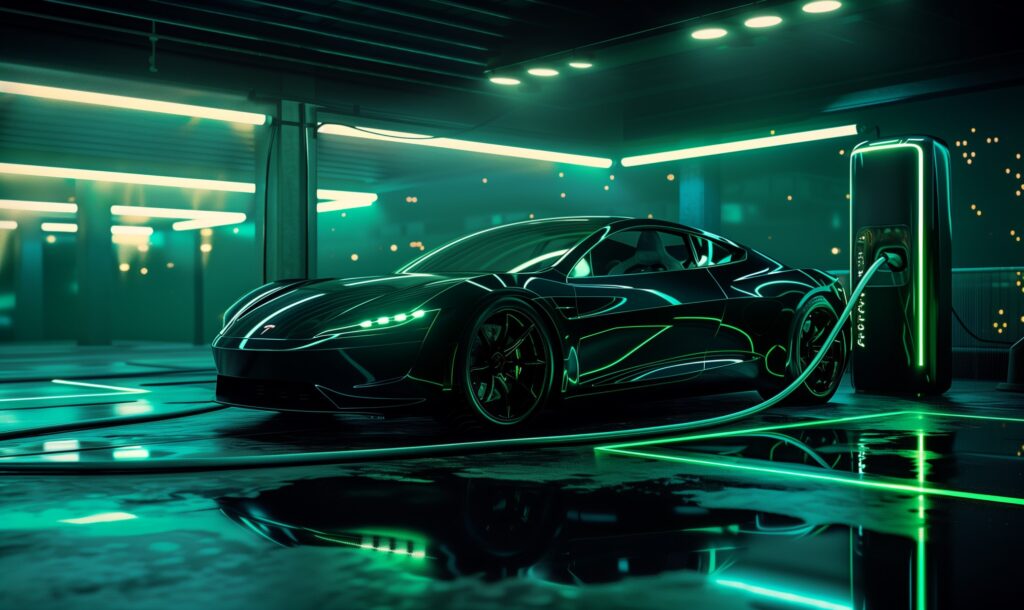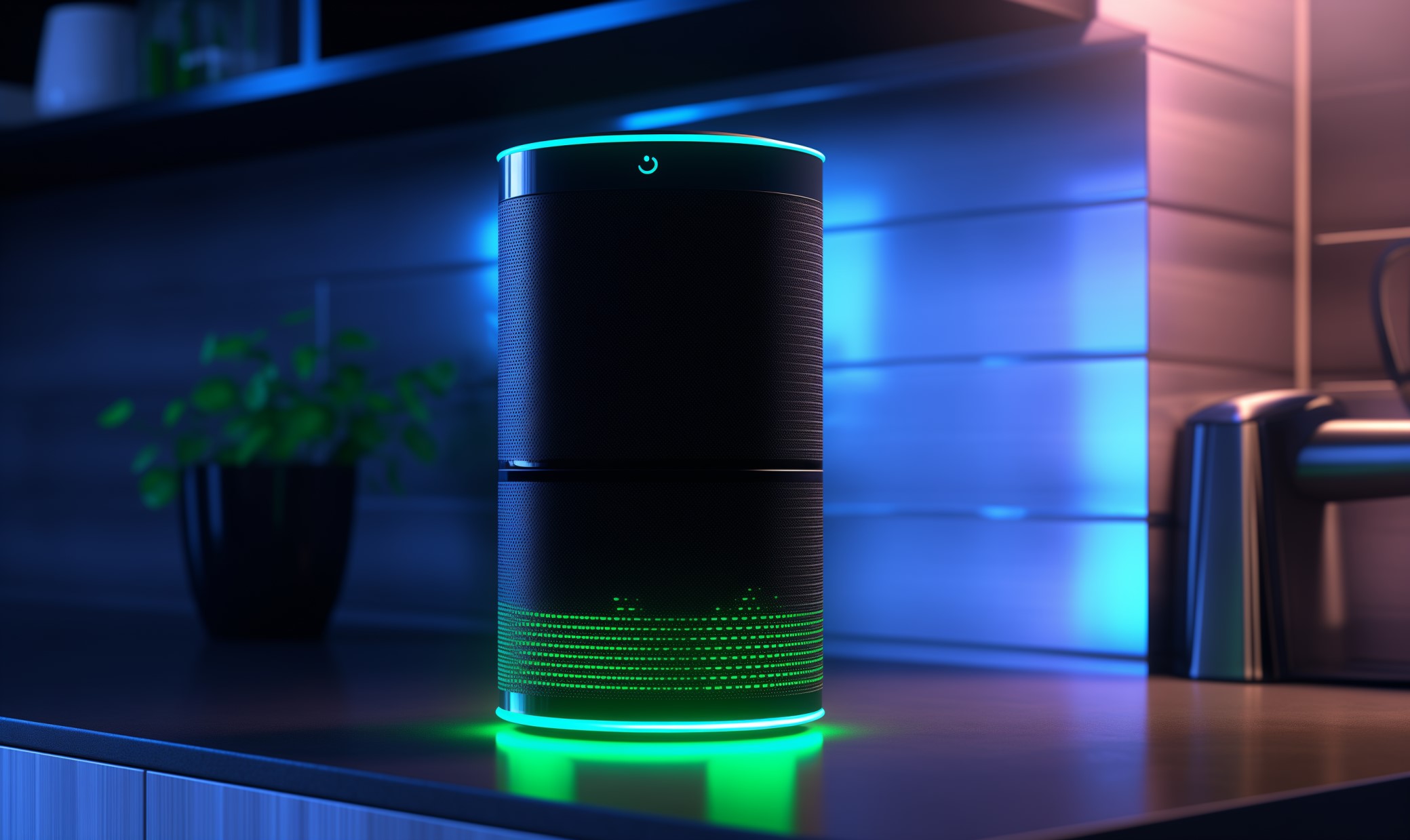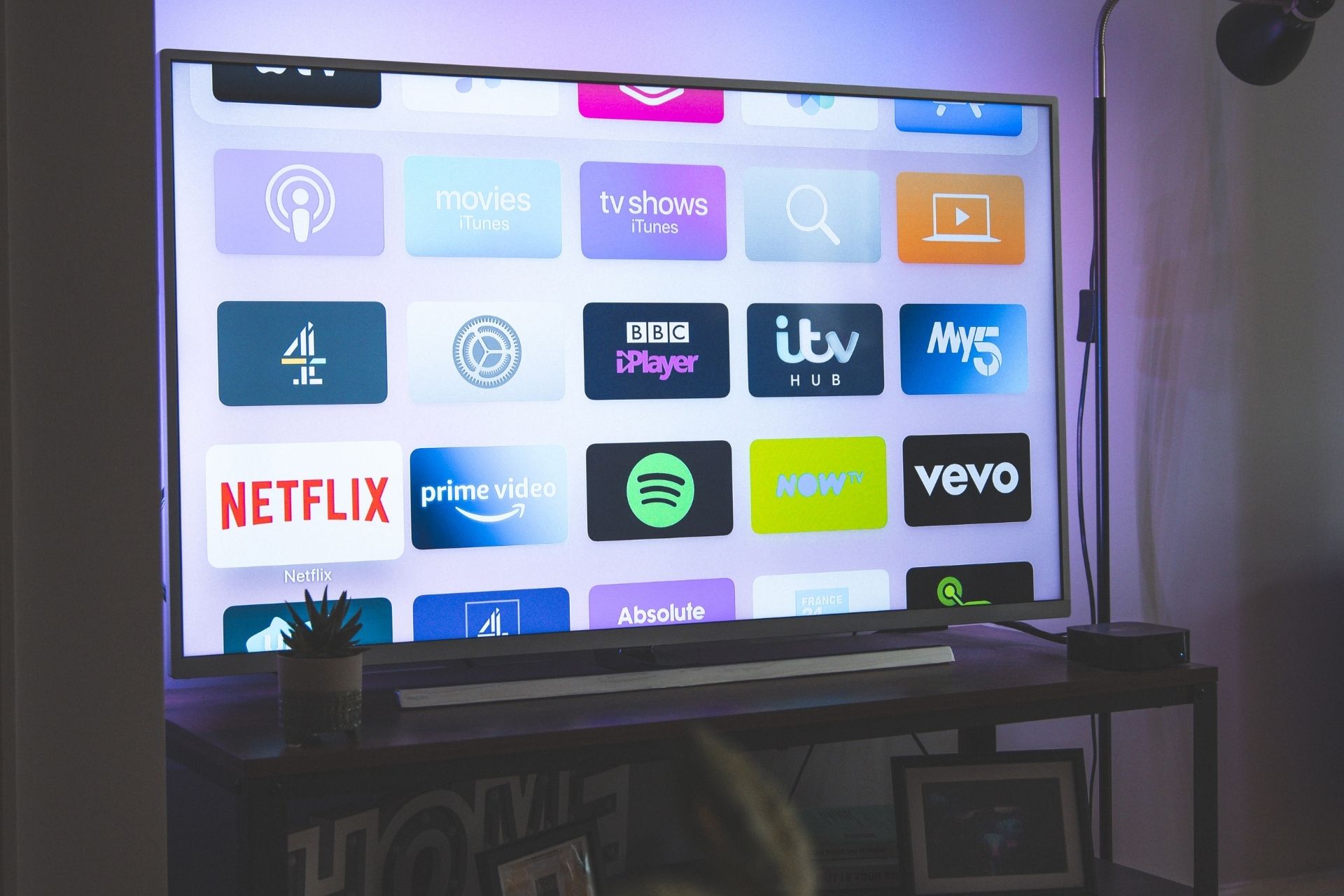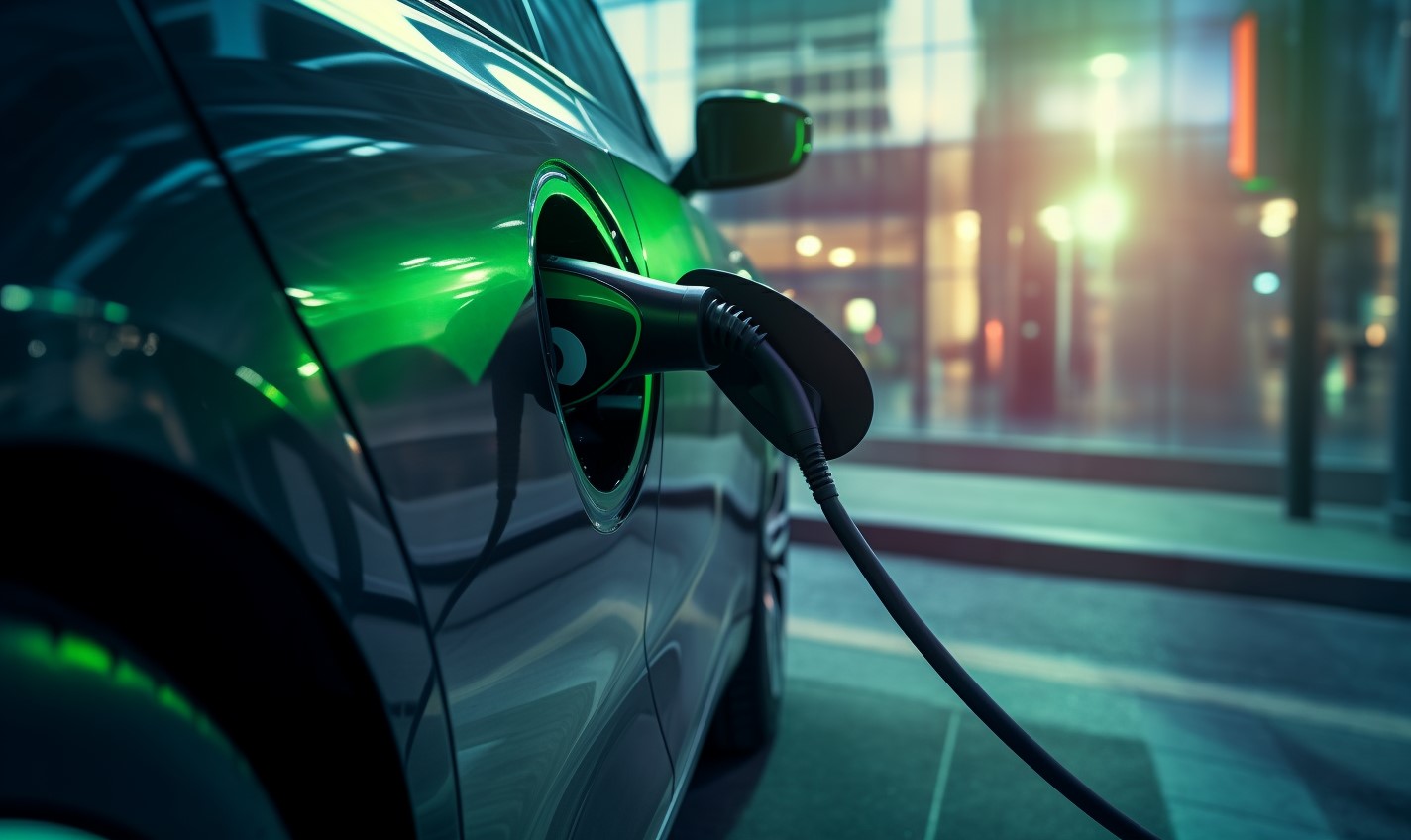With technology on the cusp of freeing human drivers from their behind-the-wheel responsibilities, no one is more excited than Uber. Hence, self-driving Ubers. Are you listening? That’s because humans are the single most costly part of Uber’s operation. Remove paid drivers from the equation and you’ve got a cheap, hypothetically more reliable, unlimited source of drivers.
Baited breath or not, Uber doesn’t have the green light to put their self-driving vehicles on the road just yet, and a recent accident in Tempe, Arizona caused the ridesharing service to suspend all autonomous car testing over the weekend. After investigating the details of the incident, Uber has restored autonomous test cars to regular duty in San Francisco, Pittsburgh and Arizona.
Like a Driver’s Exam for AI
If you’re not someone inclined to trust an empty car for your ride downtown, it may help to know self-driving Ubers aren’t devoid of human pilots — at least not yet. A human driver rides along and can take control of the vehicle in cases that might confuse the automated driving system. For example, if a driver doesn’t stop at a red light and the automated car isn’t programmed for that eventuality.
Unfortunately, most of the incidents with self-driving Ubers have occurred when the human pilot steps in, or, as with the crash in Arizona, when the other car does something unplanned for. This would seem to point out that Uber’s efforts to bring self-driving cars to society are, in fact, warranted.
In the case of the Arizona crash, the human driver of a Ford Edge failed to yield while the self-driving Uber was crossing an intersection. The collision resulted in the Uber vehicle, a Volvo XC90, being flipped on its side, and significant damage to the Ford that allegedly caused the crash.
Luckily, no one was hurt in the crash. You have to wonder if Uber uses the safety-first Volvo as a test vehicle for a reason. The artificial intelligence of the Uber vehicles is designed to react in cases where other drivers don’t follow the rules, however, just like a human driver, not every scenario is easy to avoid.
Bad Timing for Uber
The crash comes at a time when Uber could afford to stay out of the limelight. The company, which lost monumental numbers of customers in the #deleteUber movement that followed the company’s mishandling of Trump’s politically charged travel ban. The startup has also come under scrutiny for its use of shady technology to avoid servicing government officials and a company culture toxic to female employees.
Google sister company, Waymo, has an open lawsuit against the ridesharing giant, and, CEO Travis Kalanick, has found himself at the center of a media hailstorm following the resignation of president Jeff Jones, which has led to questions about leadership for the future.
Dust Yourself off and Keep Self-Driving
With the self-driving Volvo absolved of guilt, there’s not much Uber can do except keep on testing. Testers in different parts of the country are in different stages of progress, which explains why self-driving Ubers in San Francisco came back online earlier than their counterparts located in Arizona and Pittsburgh.
Even though this particular incident showed what would be considered proper function from the autonomous car, there have been incidents reported where self-driving Ubers have run stoplights, a claim that Uber and others have challenged.
It seems there’s nothing left to lose for the New York-based ride company. They’ve made it this far with Kalanick’s unapologetic approach to doing business, but there’s no doubt that the brazen CEO’s approach is beginning to have a real impact on public perception of the brand. Those automated cars can’t arrive soon enough.
Recent Stories
Follow Us On
Get the latest tech stories and news in seconds!
Sign up for our newsletter below to receive updates about technology trends

